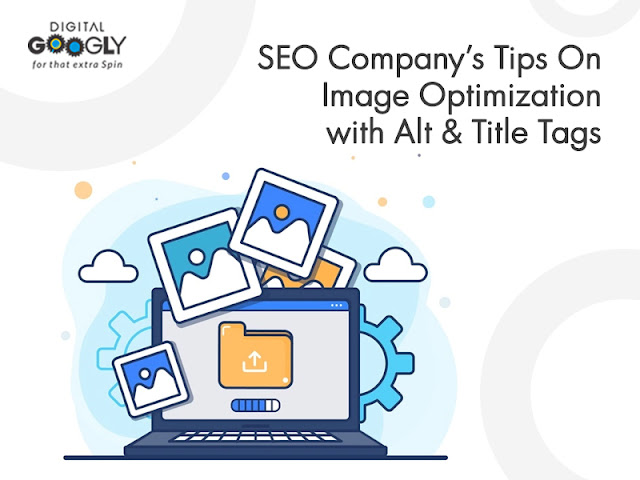Introduction
You
might have read that images are paramount to a successful online presence, but
your web traffic seems not to care and continues to stay low. Why is it? The
answer is image optimization. Having images on your website won't be sufficient
to increase your website visitors. It is optimizing your images for search
engines that increase your web traffic, rankings, and even your leads and
sales. All it takes is a healthy dose of image SEO, says a SEO company in New Jersey.
What Is Image SEO?
Image
SEO is the method of helping search crawlers comprehend images. Because they
can't see the image, search crawlers depend on alt text to determine what the
image displays and how it connects to the content of a web page. Machine
learning has come a long way, but cracking the code of making crawlers
understand images on their own is still "not quite there yet".
What is the Image Alt-Tag?
The
image alt-tag is an important attribute to add to your photos. Alternative text
is a text linked with an image that serves the same purpose and conveys the
same necessary information as the image. In circumstances where the image is
not available to the reader, possibly because they have turned off images in
their web browser or are utilizing a screen-reader due to a visual impairment,
the alternative text confirms that no data or functionality is lost. Absent or
unhelpful alternative text can frustrate visually impaired users of the Web.
What is the Image Title Tag?
When
you glide over a web image, a text may appear. This text is the title tag of
the image. If you want to deliver detail without providing captions, this is
how you do it, says a SEO company in NewJersey.
How Optimizing Image Alt Tags, Files, and Meta Data Helps Your Website
First,
it can improve your search rankings, increasing website traffic.
Optimizing
your images for SEO allows crawlers to better index your web pages, which can
give you a ranking boost because it can make the page more appropriate to
users.
Let's
say a searcher requires a plumber for a clogged bathroom drain. Google has to
pick between two web pages from different companies, which have equal ranking
factors.
As
the crawler goes through the first page, it doesn't recognize any image
alt-tags. Therefore, it considers the images (if there are any) do not add
page-specific value. On the second page, the crawler locates five images, each
with a complete description of what the image is showing. All five images' alt
tags supplement the remains of the text on the page, says a SEO company in New Jersey.
Since
Google spit out the results you'll probably jive with, it will go with the
article that it thinks is more relevant.
How to Optimize Your Images for SEO
There
are numerous SEO image optimizers and plugins you can install on the backend of
your website. You don't just need to optimize an image's metadata; you need to
ensure it's technically optimized. That includes:
Choosing the appropriate file format
You have 3 options for images, .PNG, .JPG, and
GIF. PNGs generate higher-quality photos but have a larger file size. JPGs are
lower-quality but are usually smaller in size. GIFs are utilized for animated
images and looping videos.
Compressing your images
It's
a good idea to keep your images no larger than 100KB to keep loading time as
quick as possible. But if the image is still deformed and low-quality, keep
increasing little by little, so you have the best quality image at less file
size, says the SEO agency
Subscribe by Email
Follow Updates Articles from This Blog via Email


No Comments